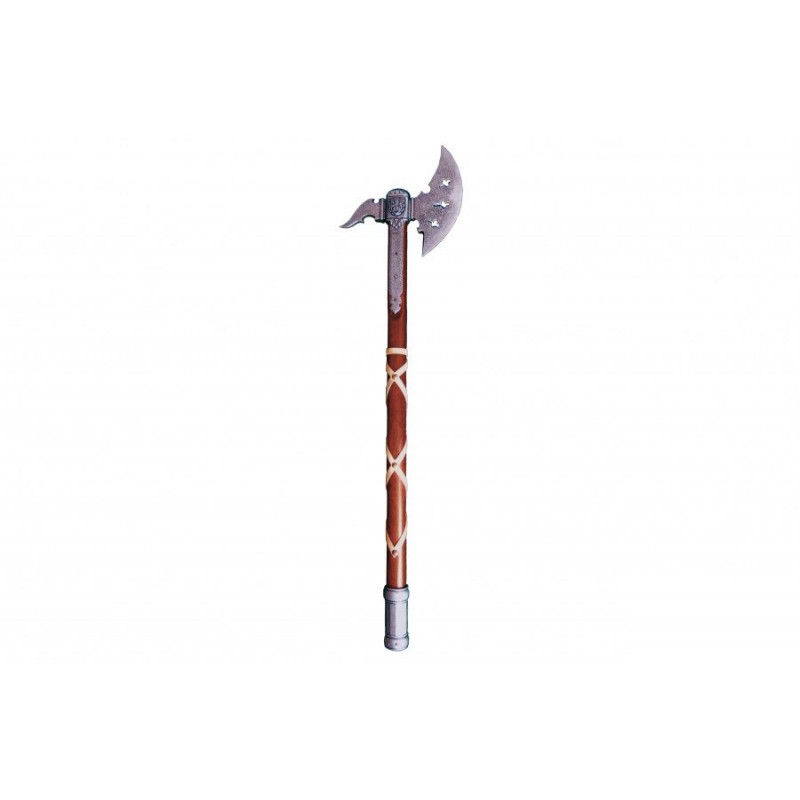

Three days prior to the start of Battleaxe, to help soften the Axis forces, the Royal Air Force was to bomb Benghazi while all aircraft capable of ground attack were to bomb Axis movement on the frontier. Once joined by the Tobruk garrison, the combined forces would press on to the west, driving the Germans as far back as possible. After capturing the frontier, the brigades of the 7th Armoured Division would reform and continue north to relieve Tobruk. This would also trap Axis units on the frontier between themselves and the remainder of the British forces. The 7th Armoured Brigade Group and the artillery of the Support Group were to engage and destroy the German tanks, which were thought to be at Hafid Ridge. The former was responsible for capturing Halfaya Pass, while the latter was to capture the remainder of the frontier at Fort Capuzzo, Musaid and Sollum. Along the coast was Coast Force and inland was Escarpment Force. In the first stage, the British would advance in a three-prong assault to clear the frontier region. The new date was 15 June, giving Creagh five days for additional training.

The attack was originally scheduled for 7 June, but was pushed back at the insistence of General O'Moore Creagh, whose squadrons did not receive their tanks until 9 June. The plan was based on intelligence information, which incorrectly indicated that 2⁄ 3 of the German tank strength was at Tobruk, which would put the British at a decisive material advantage on the frontier. In the second phase, XIII Corps was to secure the area around Tobruk and El Adem, then the areas of Derna and Mechili were to be captured.

On 28 May, Wavell gave his orders for Operation Battleaxe, an operation in three stages the Axis forces were to be defeated on the frontier and the area of Halfaya, Sollum, Capuzzo and Sidi Aziez was to be secured. The contested frontier area of Operation Battleaxe. The tanks were intended for the 7th Armoured Division, which had been out of action since February, after most of its tanks had worn out during Operation Compass. There were delays in unloading the tanks, which also had to be adapted for desert use, so Battleaxe was postponed until 10 June. On 12 May, the Tiger convoy arrived in Alexandria with 238 tanks and 43 Hurricanes consisting of 21 Light Tank Mk VI, 82 Cruiser tanks (including fifty of the new Crusader tanks) and 135 Matilda II Infantry tanks. The British Chiefs of Staff stated that it was imperative that control be wrested in the area between Sollum and Derna and British air power be re-established there. Greece and Crete īy the end of May, the Greek island of Crete had been captured in the Battle of Crete, providing the Luftwaffe with more airfields from which to attack Allied shipping and protect their supply convoys and troops in Cyrenaica delaying Battleaxe could mean stronger Axis opposition. The pass was retaken by a small German force on 27 May, in Operation Skorpion. Brevity began on 15 May and Fort Capuzzo and Halfaya Pass were captured but next day William Gott, concerned that his 22nd Guards Brigade would be destroyed if caught in the open by Germans tanks, decided to pull almost the entire force back to Halfaya Pass and the operation ended on 17 May, with only the Halfaya Pass captured. The operation was to continue as far as supply would allow but not risk the forces committed the objective was to destroy as much Axis equipment as possible and secure a foothold for the larger Operation Battleaxe, once the new tanks were made available. Operation Brevity was quickly planned as a limited operation to seize Sollum, Halfaya Pass and Fort Capuzzo, then advance on Sidi Aziez and Tobruk. Churchill, believing that one strong push would dislodge German forces, began to increase the pressure on Wavell to attack.

Through Ultra intercepts, the British also received the report by Paulus. The failure of Battleaxe led to the replacement of British General Sir Archibald Wavell, Commander-in-Chief Middle East, by Claude Auchinleck Wavell took Auchinleck's position as Commander-in-Chief, India.Įrwin Rommel in his command halftrack, Sd.Kfz. On the third day, the British narrowly avoided disaster by withdrawing just ahead of a German encircling movement. The British achieved mixed results on the second day, being pushed back on their western flank and repulsing a big German counter-attack in the centre. The British lost over half of their tanks on the first day and only one of three attacks succeeded. It was the first time during the war that a significant German force fought on the defensive. Operation Battleaxe (15–17 June 1941) was a British Army offensive during the Second World War to raise the Siege of Tobruk and re-capture eastern Cyrenaica from German and Italian forces.


 0 kommentar(er)
0 kommentar(er)
